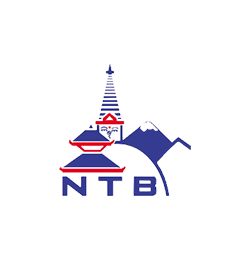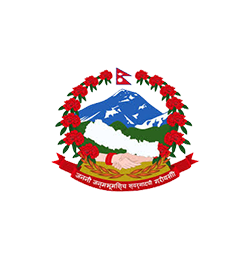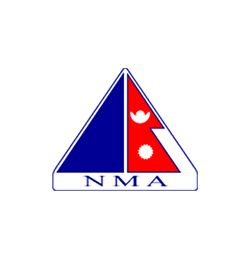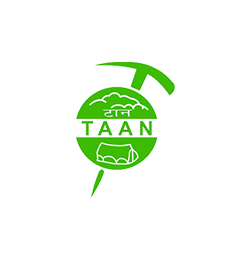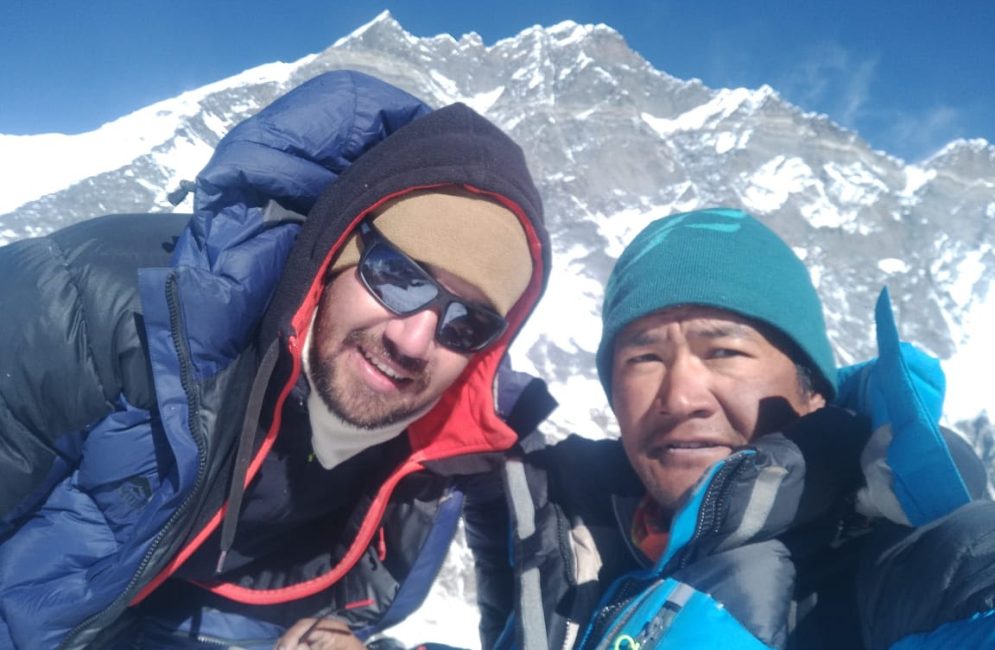
Nepal is home to 8 of the 14 over the eight-thousand meters height of peak, making it a prime climbing destination worldwide.
However, these are not accessible to everyone. But don’t be disappointed!
Many peaks are suitable for beginners. You can always start climbing low and easy mountains and gradually climb difficult ones.
Peak climbing includes summiting peaks up to 7000 m. This gives climbers’ various options, from experienced summit climbers to beginners.
You will have a chance to explore the natural beauty of Nepal while scaling these peaks, including rivers, beautiful valleys, green hills, unique wildlife, snow-capped mountains, and other outstanding natural beauty.
Top 5 Peak Climbing in Nepal
Island Peak Climbing
Imja Tse, commonly known as the Island Peak (6160 m), is a strenuous climb but not particularly tricky.
This makes Island Peak Climbing ideal for anyone looking to start their climbing journey.
The adventure starts with a stunning flight from Kathmandu to Lukla. Next, you make the trek to Phakding, where you spend the night.
The next day, you’ll travel to Namche Bazaar and spend the day acclimatizing.
In the interval, you can go to Edmund Hillary School and Khumjung Monastery or quickly ascend to Khumjung Village.
Tengboche, Dingboche, and Lobuche will be passed in the following days.
The following morning, you will hike to Gorak Shep (5180 m), after which you will continue to Everest Base Camp (5364 m) that same day.
The following morning, you will climb to Kalapathar (5545 m) to see the snow-capped summits before descending to Lobuche.
You will then trek to Island Peak Base Camp and Island Peak High/Advance Camp (5400 m) over the following two days.
Then you will undertake the summit on a clear day.
When you reach the summit, you will be amazed by the spectacular views of Lhotse (8516m), Ama Dablam (6812m), and Mera Peak (6476m).
Finally, you will trek to Lukla over the following days through Pangboche and Namche Bazaar and then take a flight back to Kathmandu.
Mera Peak Climbing
If you want to climb a peak in Nepal but lack climbing experience or want to combine good trekking and climbing, Mera Peak (6476 m) is the one for you.
Once at the top, you will be rewarded with a panoramic panorama of five peaks over 8,000 m high.
The trip begins with a flight to Lukla and a hike to Paiya.
You will go through Panggom, Ningsow, Chhatra Khola, Thangnak, and Khare on the following days.
You’ll spend an additional day in Khare becoming acclimated and learning the fundamentals of climbing.
The next morning, you will pass the snow-capped moraine on the Mera La Pass. After passing the pass, you will see a rock with a significant mark at Mera High Campsite (5780 m)
Your adventure day will be the next.
Your ascent will be planned early on the adventure day to prevent bad weather.
Finally, from the summit, take in breathtaking views of Mount Everest (8848.86 m), Makalu (8643 m), Kanchenjunga (8586 m), Lhotse (8516 m), Nuptse (7861 m), and several other summits.
Once you’ve reached the top, descend and continue your journey back to Khare.
You’ll travel through Kothe on the way back and take the same path from Thuli Kharka to Lukla, from where you will take a flight back to Kathmandu.
Lobuche Peak Climbing
Lobuche East is located at 6119 m, and Lobuche West lies 6135 m high above the Khumbu region.
The climb, however, doesn’t require a lot of technical climbing expertise and hence is frequently suggested to climbers who want to attempt their first Himalayan peak.
The adventure starts with a stunning flight from Kathmandu to Lukla and then a trek to Phakding.
The next day, you’ll travel to Namche Bazaar, the gateway to Everest, and spend the day acclimatizing.
We will journey through Tengboche, Dingboche, and Lobuche in the coming days.
The following morning, you will hike to Gorakshep (5180 m), after which you will continue to Everest Base Camp (5364 m).
The following morning, you will climb to Kalapathar (5545 m) to see the snow-capped peaks, descend to Lobuche, and finally reach Lobuche East Base Camp.
For the Lobuche East Base Camp, you will trek to Lobuche West Base Camp from Lobuche.
At the base camp, you’ll train for the climb beforehand and rest up for the summit day.
Finally, summit day has arrived, and you will climb Lobuche Peak.
At the top, you will be rewarded with panoramic views of the Everest region, offering views of Everest (8848.86 m), Ama Dablam (6856 m), and Lhotse (8414 m), amongst others.
You will then trek back to the base camp and then to Pheriche.
The following days you make your way to Namche and Lukla, from where you will take a flight back to Kathmandu.
Pisang Peak Climbing
Lying amidst the well-known Mt. Annapurna I and Mt Manaslu, Pisang Peak rises (6091 m), offering excellent opportunities for exploration and peak-climbing adventure in the Himalayas.
Your trek begins as you drive to Besisahar and then to Chame.
After that, you’ll hike through Pisang and acclimate the following day.
Afterward, you’ll hike to Pisang Peak Base Camp and High Base Camp the following day.
You will ascend Pisang Peak from the High Camp and descend to the Base Camp.
At the summit, you will enjoy the views of Annapurna (8091 m), Manaslu (8163 m), and Tilicho (7134 m), amongst others.
After taking in such a magnificent climb, you will undertake a hike through the Manang Valley, Yak Kharka, and Thorong Phedi the following few days before reaching Muktinath.
After the morning pilgrimage at Muktinath, you will hike down to Jomsom and then take a flight to Pokhara.
At Pokhara, you can enjoy the day undertaking a lake city tour and then take a flight back to Kathmandu or take a drive.
Chulu Peak Climbing
The Chulu Peak Climbing trip is one of the most challenging and well-regarded peak climbing in Nepal, but its breathtaking scenery is said to be unparalleled.
The summit of Chulu East Peak rises 6584 m above the Manang valley, with Chulu West rising 6419 m.
The trip begins with a drive to Chame from Kathmandu.
For the next few days, you will trek to Pisang, Humde Village, and Julu Khola, where you will acclimatize for a day.
Then you will trek to Chulu Ease Base Camp and acclimatize a day further.
Afterward, you will trek to Chulu East High Camp and summit the Chulu East Peak the next day.
While for the Chulu West climbing, you trek to Ngawal and then to Manang through Pisang.
After acclimatizing a day in Manang, you will trek to Ledar Phedi and Chulu West Base Camp.
The next day, you will trek to Chulu West Base Camp, then to Camp I, Camp II, and finally, undertake the summit.
From the summit, you will take in beautiful views of Mt. Dhaulagiri (8167 m), Mt. Manaslu (8163 m), Mt. Annapurna (8091 m), and other peaks and then trek back to the Base Camp.
You will then trek to Manang, Siri Kharka, Tilicho Base Camp, and Tilicho Lake.
Then you will trek to Yak Kharka via Mesokanta La for the Chulu East Base Camp. While descending from the Chulu West Base Camp, you will trek to Ledar and Thorang High Camp.
From Yak Kharka or Thorang High Camp, you will trek to Muktinath and then to Jomsom, where you will take a flight to Pokhara.
In Pokhara, you can take a full day of exploration and then take a flight or drive back to Kathmandu.
Permits Required for Peak Climbing in Nepal
Three permits are usually required to complete a climb.
These are permits to climb, national parks or conservation area permits, and either a local permit (required for the Khumbu area) or the Trekkers Information Management System (TIMS).
The Nepal Mountaineering Association typically charges $250-400 for spring climbing permits, $ 125-200 for autumn permits, $70-125 for winter permits, and $70-100 for summer permits.
The Protected Area permit is approximately $ 30. Local area permits cost $20 per person, while TIMS costs $20 for individual tourists and $10 for group hikers.
Best Season for Peak Climbing in Nepal
Nepal’s peak climbing seasons are spring (April-May) and autumn (September-November).
The weather in spring and autumn is good, and the fine weather makes climbing better. Similarly, it has the least resistance to rain and wind.
Climbing is difficult in winter, but it is possible to climb the summit. In the summer, constant monsoon rains can make climbing difficult.
However, winter and summer traffic and permit costs are usually lower.
Finally,
One of the most exciting excursions you can do is climb to the top.
Trekking through the lush green forests, enjoying panoramic views of the mountains from the top, and feeling an overall sense of accomplishment, you can discover the beauty of the Himalayas at its best.
Peak climbing is a must for higher summit expeditions. The summit experience allows us to get used to the high-altitude weather and adjust our body’s metabolism to high altitude.

